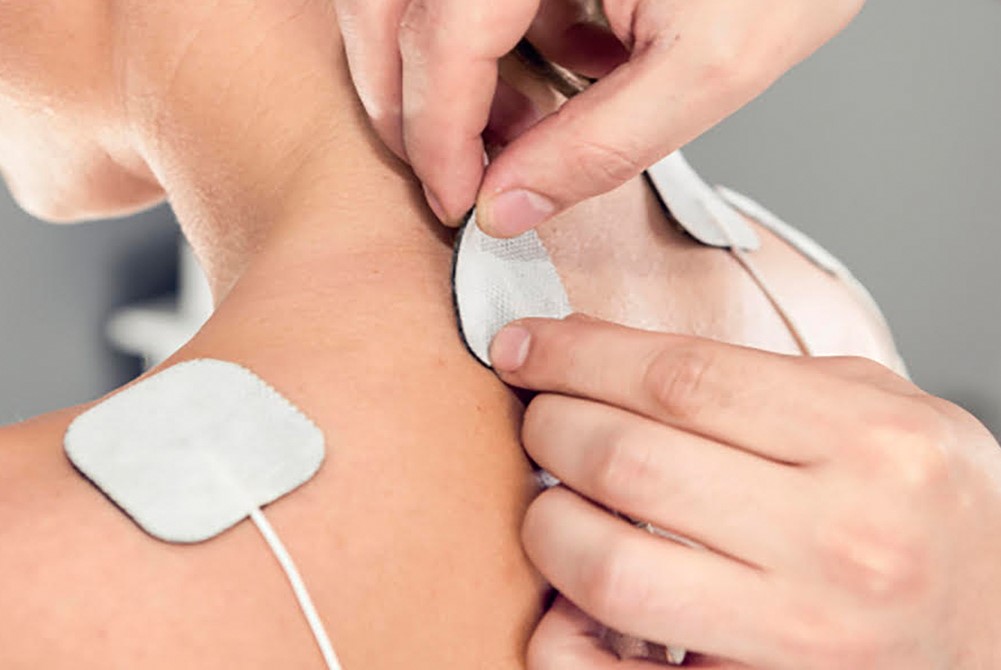
Electromyography (EMG), what it assesses and when it is done
Electromyography is an examination to assess the functionality of nerves and muscles, useful in the diagnosis and evaluation of various neuromuscular pathologies and peripheral nerve compression
Lack of strength or sensitivity in the fingers and toes, pain and tingling sensations that are difficult to explain: in all these cases, electromyography, an instrumental neurophysiological examination that plays an irreplaceable role in the study of neuromuscular diseases, provides valuable help.
It allows us to assess the functionality of muscles and nerves, revealing the presence of conditions of suffering, as happens, for example, in carpal tunnel syndrome, which is very common among those who perform manual activities, such as seamstresses or housewives, musicians or construction workers.
What is electromyography (EMG)?
The examination consists of two parts: electroneurography and electromyography proper.
Electroneurography is a non-invasive test, carried out by a doctor or a neurophysiopathology technician, in which, once recording electrodes have been placed on the person’s skin, electrical stimulation is administered along the course of the nerves, evoking responses that allow, for example, the speed of conduction of the motor and sensitive nerve fibres to be studied.
It is performed exclusively by the doctor who, using disposable needle electrodes, evaluates the electrical activity generated in the muscle, both at rest and during muscle contraction.
In what cases is electromyography recommended?
Electromyographic techniques are useful in the study of neuromuscular pathologies involving:
- upper and lower limbs
- head;
- neck;
- trunk;
- uro-genital region (e.g. in cases of incontinence, erectile disorders, chronic pelvic pain).
The pathologies for which the examination is most frequently requested are certainly peripheral nerve compressions, such as carpal tunnel syndrome, and all forms of lumbosciatica (back pain) or cervicobrachialgia (neck pain) of various origins (from arthrosis, linked to intervertebral disc problems and post-traumatic as in “whiplash”).
Another important indication for electromyography is represented by peripheral neuropathies, alterations in the functionality of peripheral nerves resulting in motor difficulties and/or sensory abnormalities, which may be related to diabetes, alcoholism, neoplasms treated with chemotherapy, occupational exposure to toxic substances.
Less frequent, but equally important, is the diagnostic role in the acute form of polyradiculonevritis, known as Guillain-Barré syndrome; in hereditary and degenerative neuro-muscular diseases such as myopathies and Amyotrophic Lateral Sclerosis; in diseases of nerve transmission such as myasthenia gravis, a condition in which all voluntary muscles weaken and fatigue rapidly; and in traumatic lesions of the nerve trunks (as may occur in shoulder dislocations or bone fractures).
How to prepare for the examination
Apart from the need to avoid applying cosmetic products to the skin before the examination, it does not require any special preparation; it is generally free of side effects and may cause a subjective, transient feeling of discomfort or pain.
Read Also:
Heart Failure: Causes, Symptoms, Tests For Diagnosis And Treatment
Fibromyalgia: The Importance Of A Diagnosis
Pap Test, Or Pap Smear: What It Is And When To Do It


